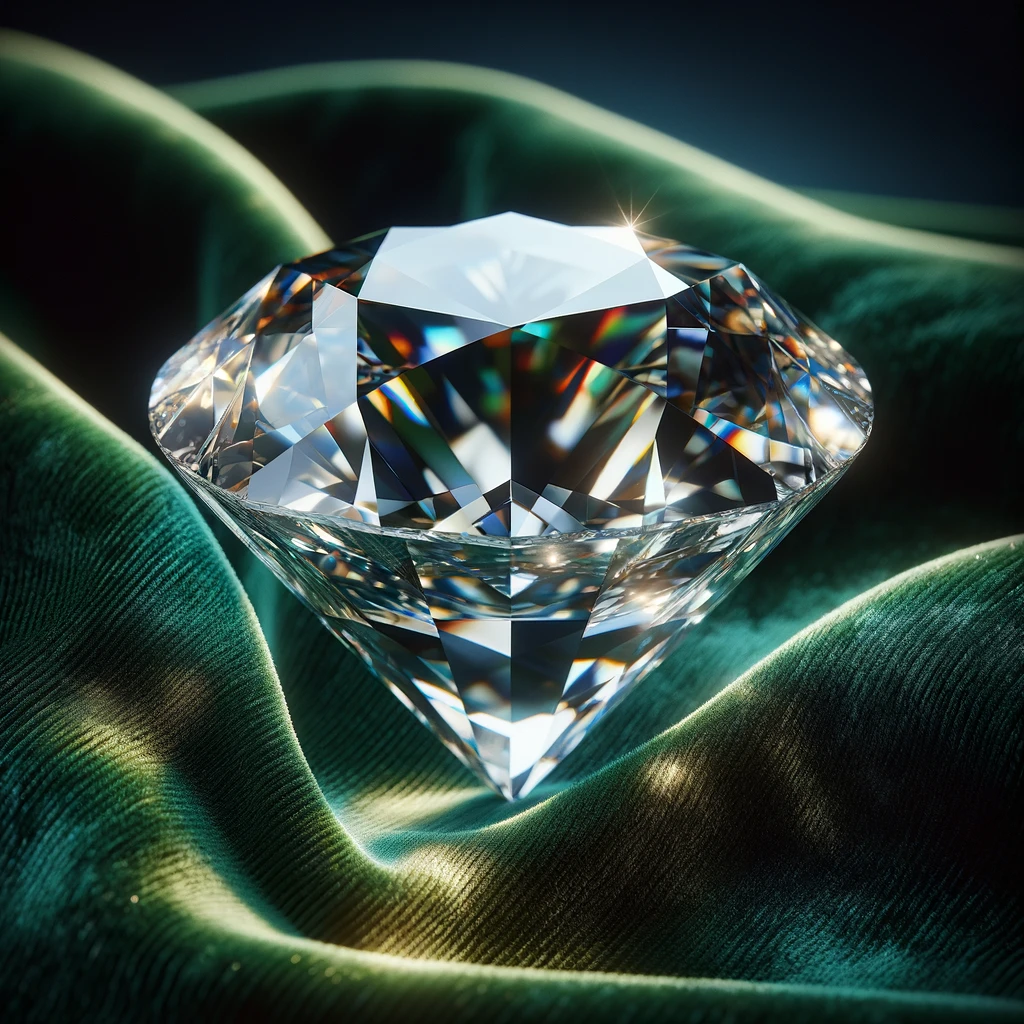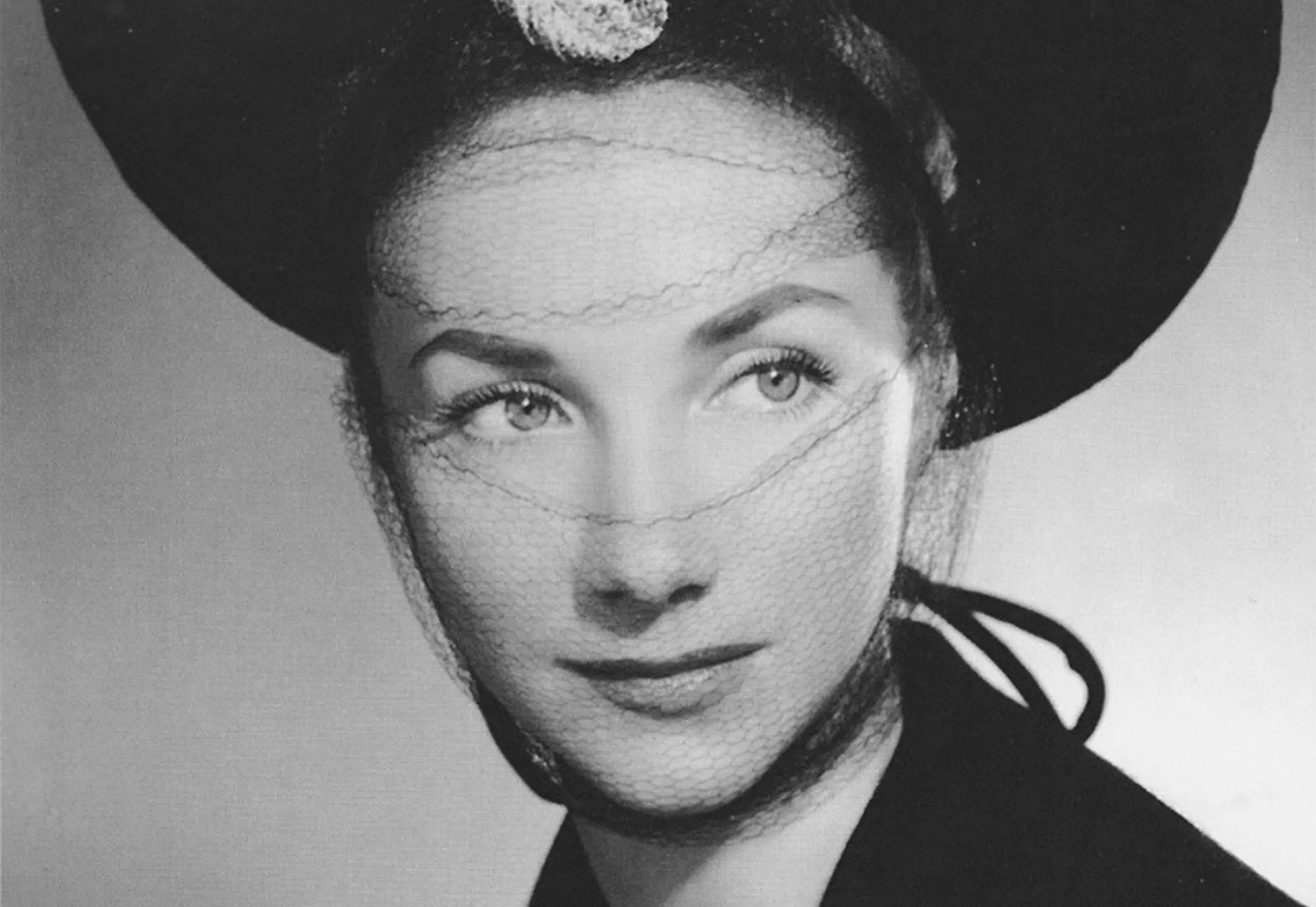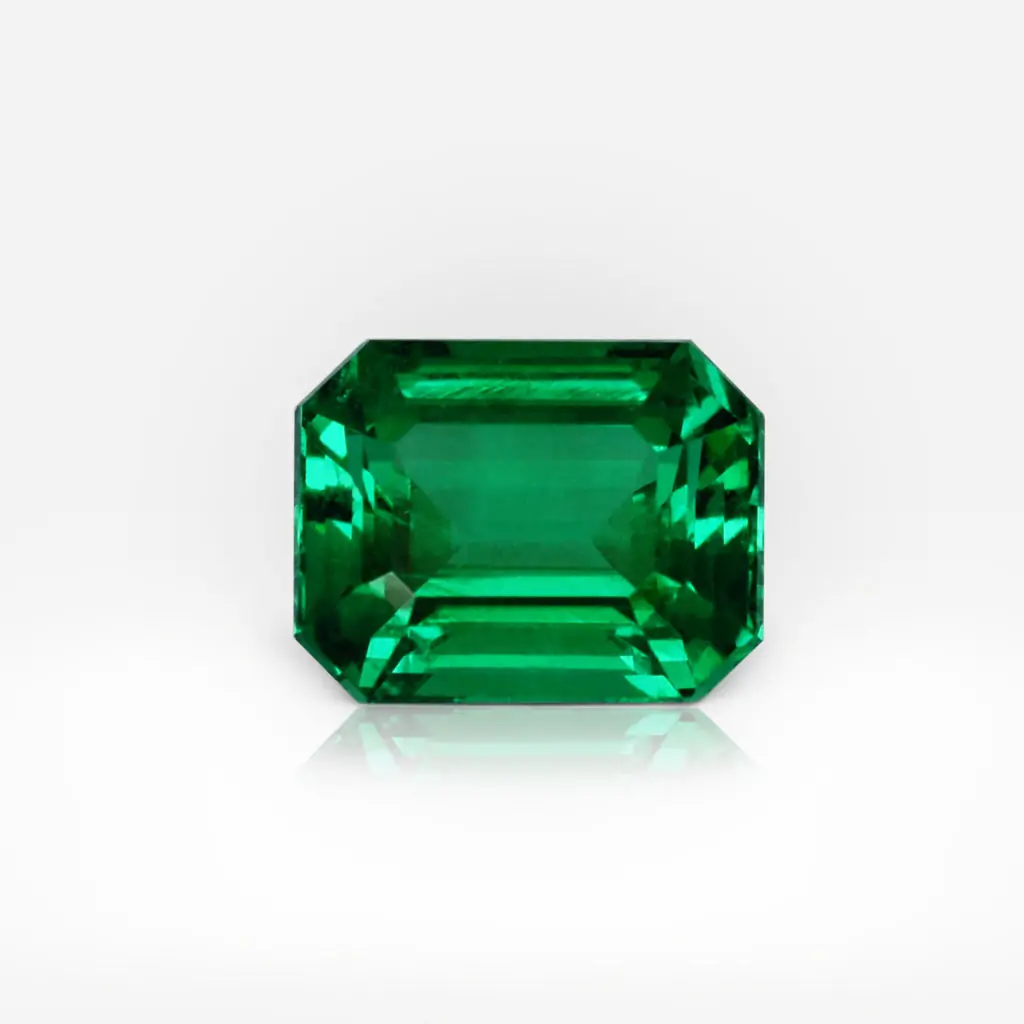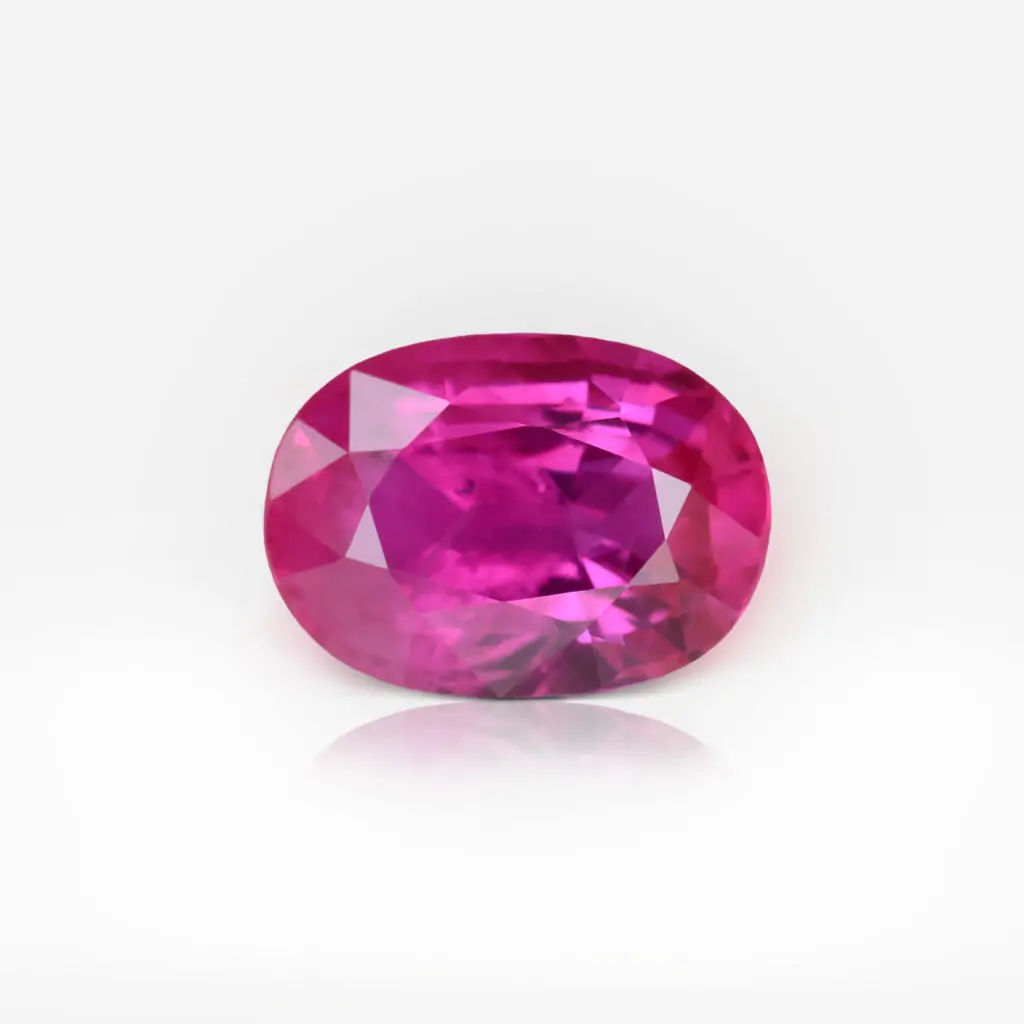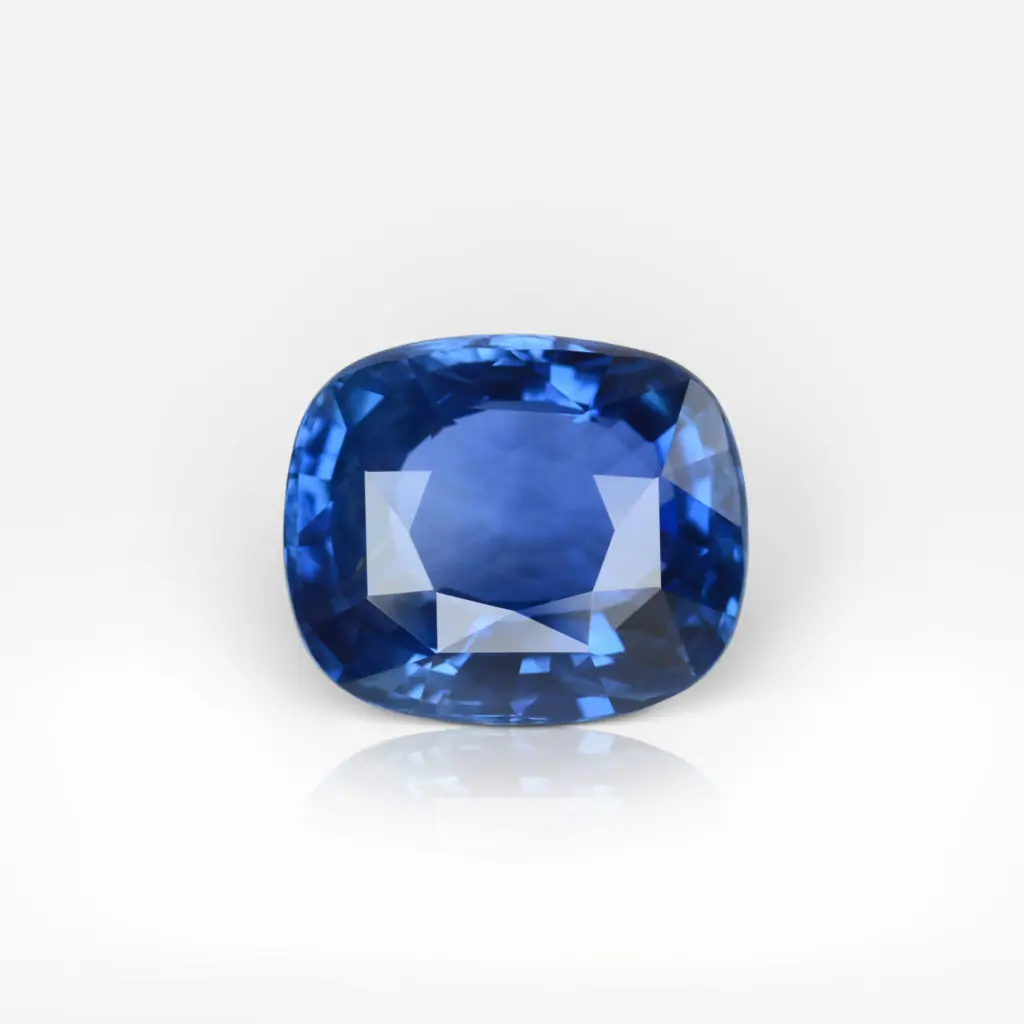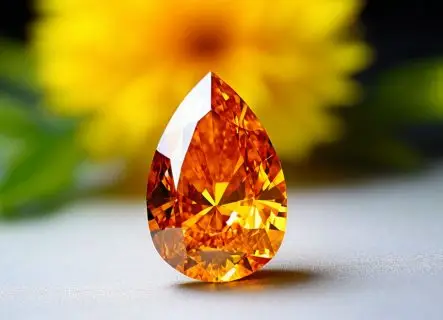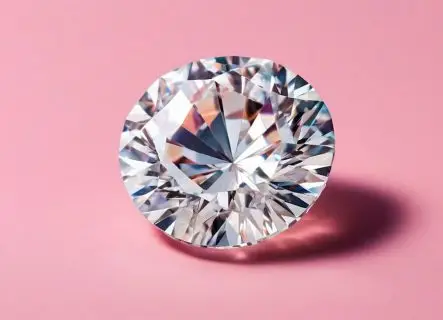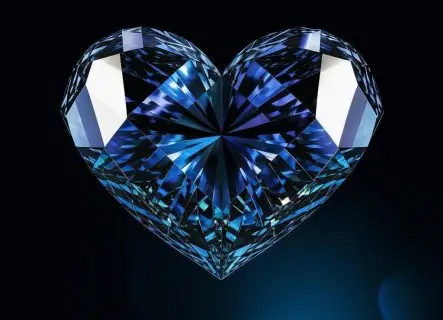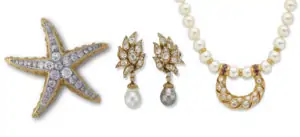
Boivin’s brief biography
René Boivin was born in 1864 in Paris.
His elder brother Victor chose a career in the jewelry business – and René followed him. At the age of 17 René got hired as a jeweler’s apprentice. Good at drawing, design and engraving, he found his first workshop pretty soon.
During the 1890s, René bought several workshops, built up an inventory and gathered a team of skilled workers.
In 1893 he married Jeanne Poiret – the sister of the celebrated couturier, Paul Poiret. Soon after the marriage he was introduced to high society of Paris, which booster his future career. Due to the word of mouth, he got a reputation as a talented designer, realized his relevance, stopped working with Jewelry Maisons like Mellerio and Boucheron, and set off on a free voyage.
At that time, the Art Nouveau movement was in vogue, however, Boivin did not follow this style. He relied on unconventional designs, his creativity, and courage. Even being drawn to naturalism, René interpreted it in his own way that was appreciated by his sophisticated clientele. He was working with aristocrats, artists, intellectuals and foreign personalities, gradually becoming “the jeweler of intelligentsia”.
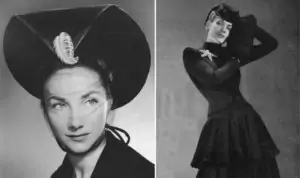
However, it is impossible to talk about Boivin history and design without mentioning René’s wife, Jeanne. It was she who headed the business after her husband’s death in 1917, at the age of 53. In such a male-dominated industry she became the first woman to be the head of a jewelry maison.
Later their youngest daughter Germaine joined the business as a designer. She contributed new ideas and created jewels inspired by dreams, fantasy, and mythology – such a light touch of surrealism.
The hallmarks of Boivin design
Semi-precious stones
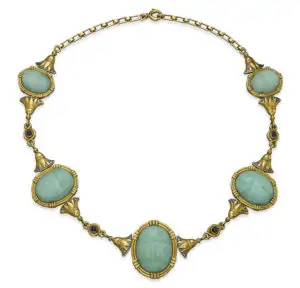
Boivin did not fit into the fashion framework not only because of the original designs, but also because of the unusual choice of materials he used in his jewels.
René became one of the first jewelry designers of his time who used semi-precious stones and organic materials. For example, for his first “Barbare” series inspired by Egyptian, Assyrian and Celtic traditions, he chose amazonite as the main stone. Boivin also designed large signet rings made of wood and pearls. With this jewel he simply turned a previously masculine piece into feminine and modern. Later he widely used moonstones, aquamarines and pink sapphires.
Floral motifs
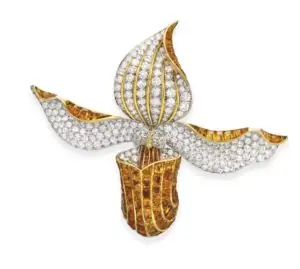
Being a passionate gardener, René implemented his love into jewelry. Roses, daisies, lilies, orchids, irises and other flowers were blooming in his jewels.
Even after the designer’s death, the floral theme continued. Daisy Fellowes – fashion icon of her time – was a fan of a special Orchid series of brooches made with fancy colored diamonds.
What is more, Boivin used calibré-cut colored stones in his designs. Diamond and sapphire Convolvulus brooches exemplify precisely that. Calibré-cut stones line up and perfectly fit together turning the jewel into a piece of art.
Fauna motifs
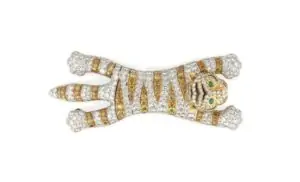
Another source of inspiration for Boivin maison was the animal kingdom. The jewels featured sea lions, elephants, shrimps, tigers, cats and fish.
One of the most prominent fauna jewels was a Starfish brooch studded with amethysts and rubies. It was worn by both the Standard Oil heiress Millicent Rogers and the French-born American actress Claudette Colbert.
Tiger brooches were also in demand. Boivin shoulder brooch with diamonds, emeralds and enamel was worn by Hélène Rochas, wife of the French fashion designer Marcel Rochas.
The designers of Boivin
Boivin maison gave rise not only stunning pieces, but also the most brilliant designers of that time. Among them were young Suzanne Belperron and Juliette Moutarde. Having a nose for talent, Jeanne Boivin hired and mentored these bright women, allowing them to unleash their talent to the fullest.
A then-unknown Suzanne Belperron was hired in 1921. Guided by Jeanne, Suzanne designed many of Boivin’s most remarkable creations throughout the 1920s and early 1930s. Her distinctive features were an unusual combination of precious and semi-precious materials and refined style. She remained at the firm until 1931.
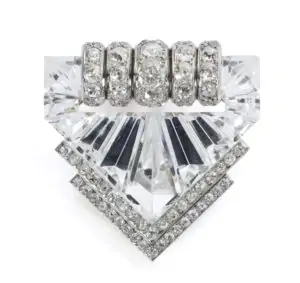
Juliette Moutarde replaced Suzanne Belperron and remained in the maison until 1970. Juliette and Jeanne complemented one another perfectly: one offered ideas, while the other gave shape and substance to them. It was Juliette Moutarde who created the world renowned Starfish brooch, the emerald and ruby Chameleon brooch and the glowing sapphire pigeon’s wing.
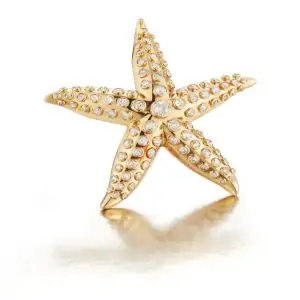
The Boivin legacy
After Jeanne Boivin’s passing in 1959, her daughter Germaine took over the control of the business. Later it passed to Jacques Bernard, a Boivin designer, and subsequently to the Asprey Group.
The house of René Boivin finally closed in the 1990s. However, its refined, innovative and beautiful designs are still highly prized.
Subscribe to discover the world of diamonds and gems. If you have any questions, please let us know


